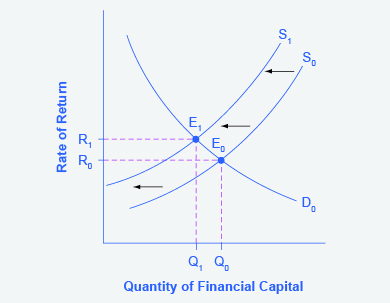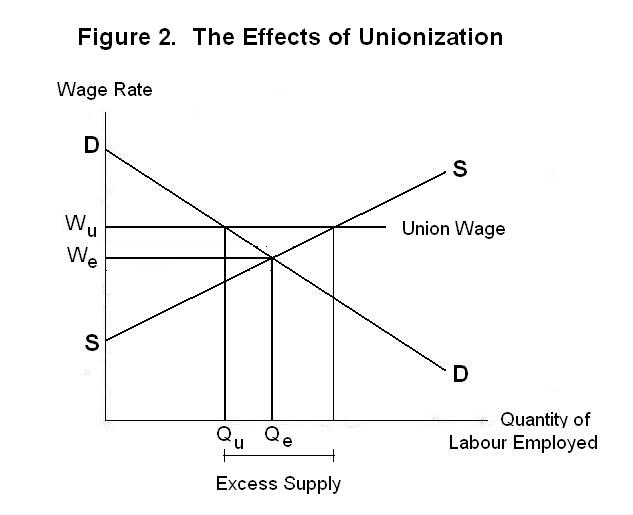A price floor is the lowest legal price that can be paid in markets for goods and services labor or financial capital.
Price floors can cause shortage true of false.
A price ceiling creates a shortage if it is set above the market equilibrium price.
The graph below illustrates how price floors work.
When a price floor is put in place the price of a good will likely be set above equilibrium.
Minimum wage and price floors.
A price floor can cause a surplus while a price ceiling can cause a shortage but not always.
It causes a 1 3 percent reduction in employment a price ceiling that is not a binding constraint today could cause a shortage in the future if demand were to increase and raise the equilibrium price above the fixed price ceiling.
Price ceilings and price floors.
How price controls reallocate surplus.
Example breaking down tax incidence.
A price ceiling creates a shortage when it is set below the market equilibrium price.
Price and quantity controls.
This is the currently selected item.
A price floor creates a surplus when it is set below the market equilibrium price.
Perhaps the best known example of a price floor is the minimum wage which is based on the normative view that someone working full time ought to be able to afford a basic standard of living.
Price floors can also be set below equilibrium as a preventative measure in case prices are expected to decrease dramatically.
The market is likely to develop a shortage of rental housing.
A decline in input prices will cause the quantity demanded in the output market to increase.










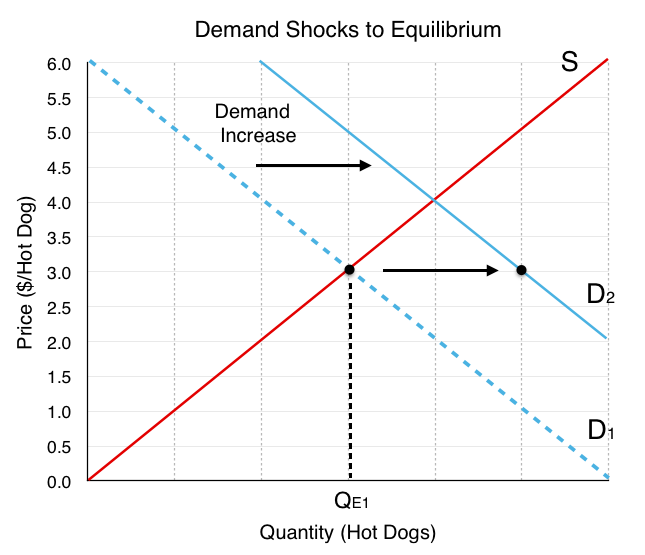


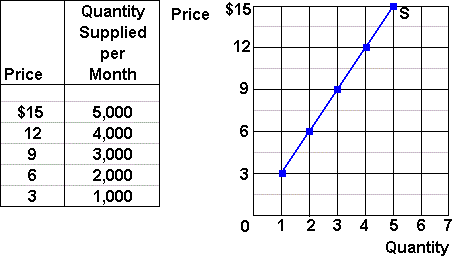





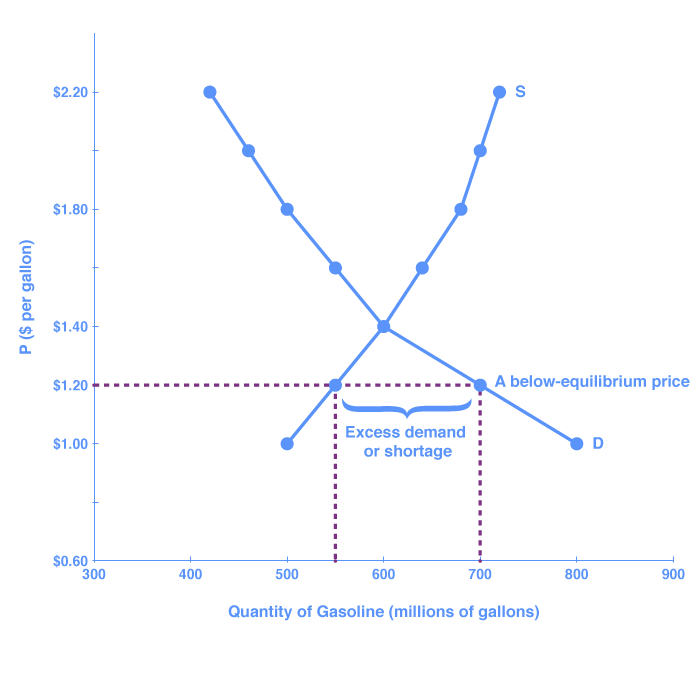






:max_bytes(150000):strip_icc()/dotdash_Final_How_Does_Price_Elasticity_Affect_Supply_Feb_2020-04-859fb2e0ea774bf88da48c4405d76a29.jpg)









/GettyImages-1148634836-da5433731db74b8f9d33fc713a00425a.jpg)


